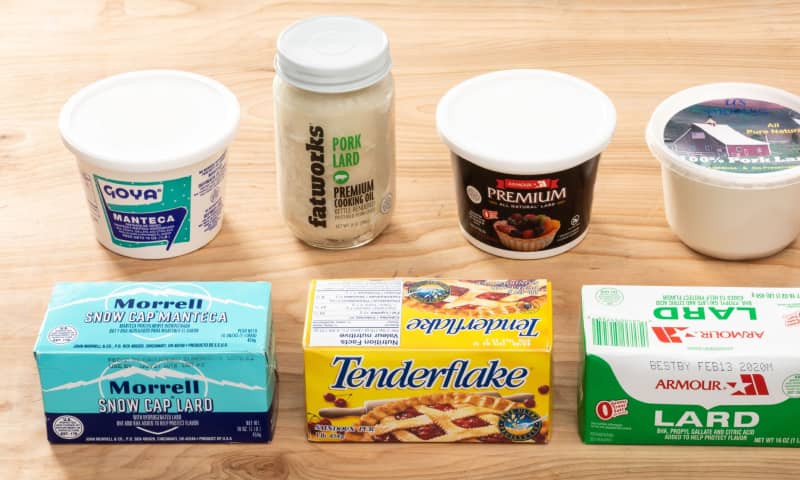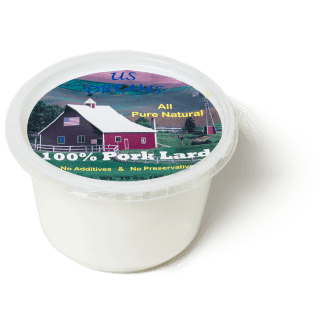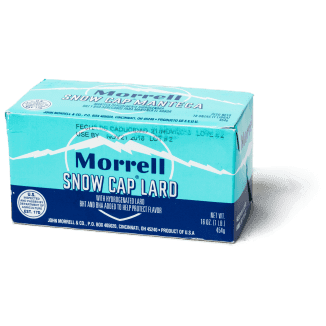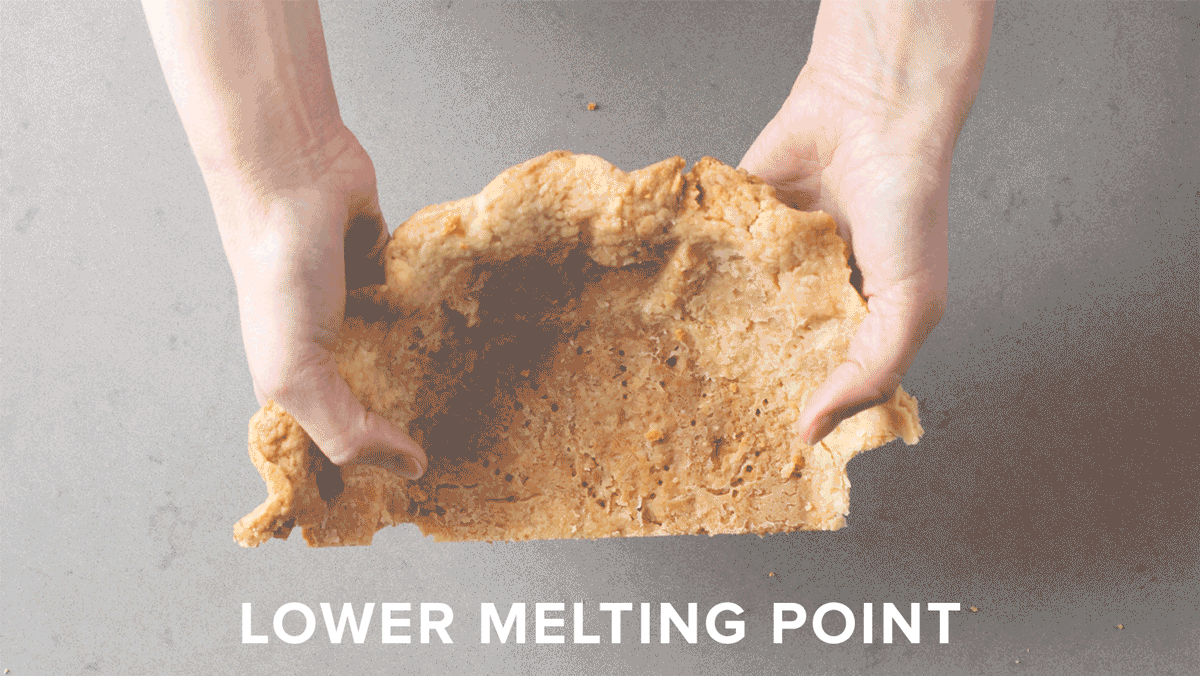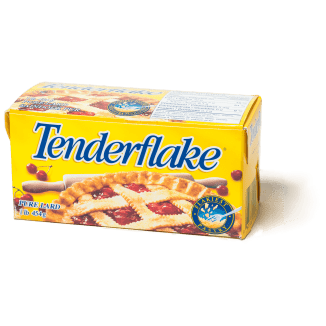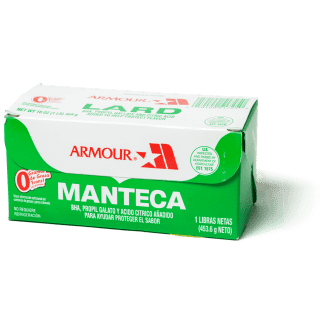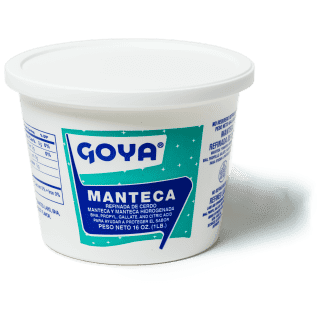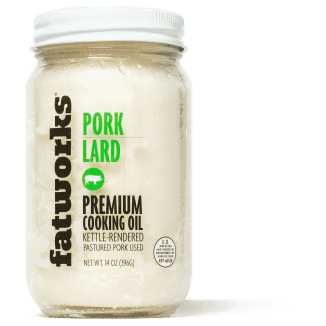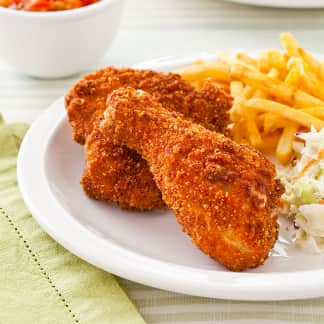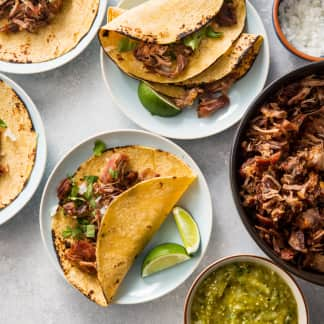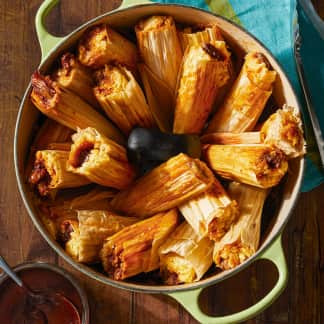Lard had a tough time in the 20th century. After hundreds of years as America’s everyday choice for frying and baking, it went completely out of fashion. Crisco arrived in 1911, helped by health reports throughout the 20th century—now mostly discredited—about the evils of animal fat. In 1928, Americans ate an annual average of 14.3 pounds of lard per person; by 2009, that fell to 1.5 pounds. But all along, a faithful few kept lard as a secret weapon for making extra-flaky, tender pie crust and biscuits, Southern fried chicken, and Mexican foods such as tamales and carnitas. Lard is the traditional cooking fat of Thailand and parts of China, Italy, Poland, Hungary, and Mexico as well as Central and South America—not to mention the American South.
We decided it was time to check out the lard market. We bought seven products, four from supermarkets and three online, to try in three blind tastings. First we substituted lard for butter in biscuits and pie crust, and then we prepared Pork Carnitas, for which the meat simmers in lard until it is meltingly tender and rich. Twenty-one America’s Test Kitchen staffers rated the results on flavor, texture, and overall appeal.
